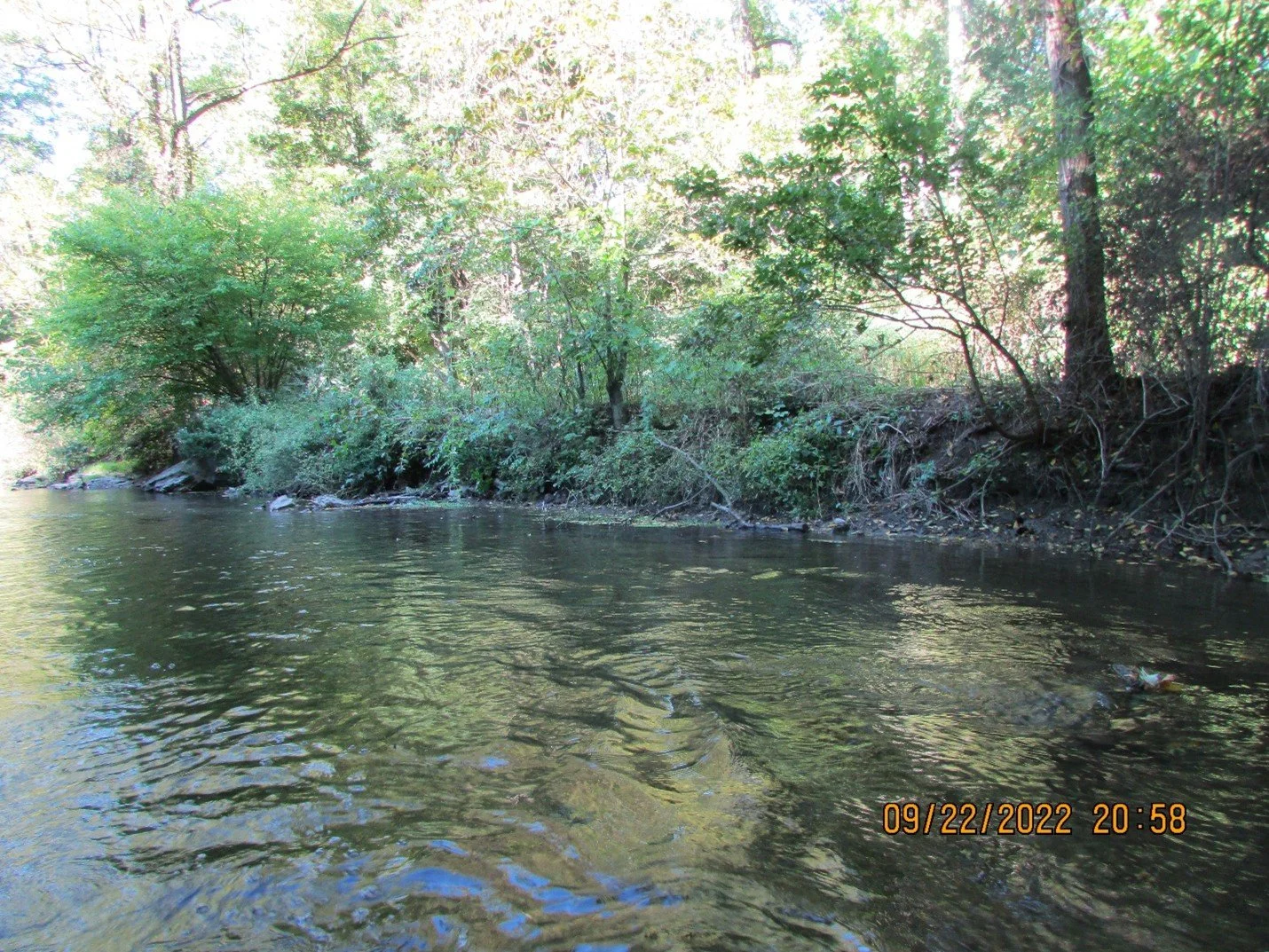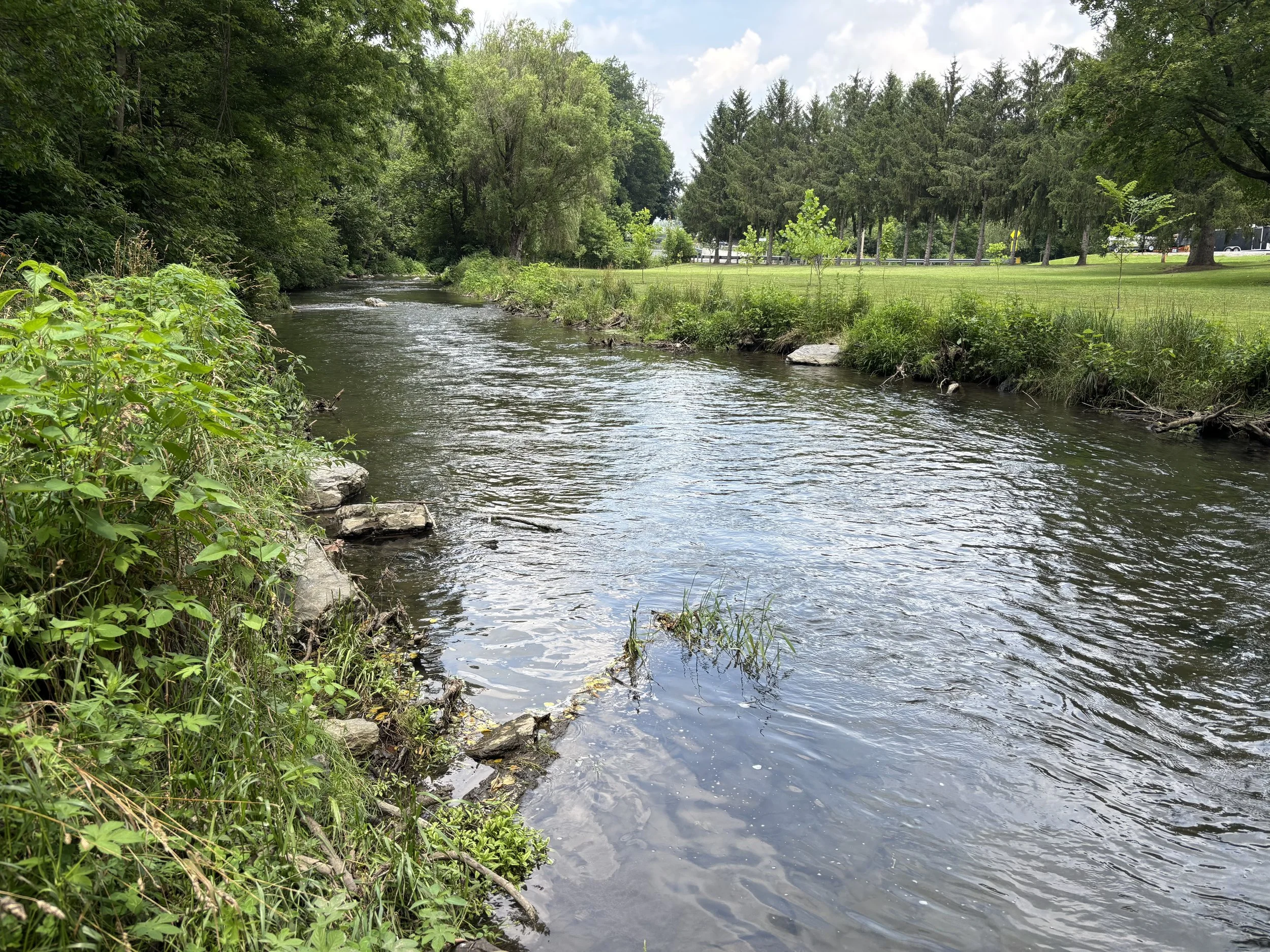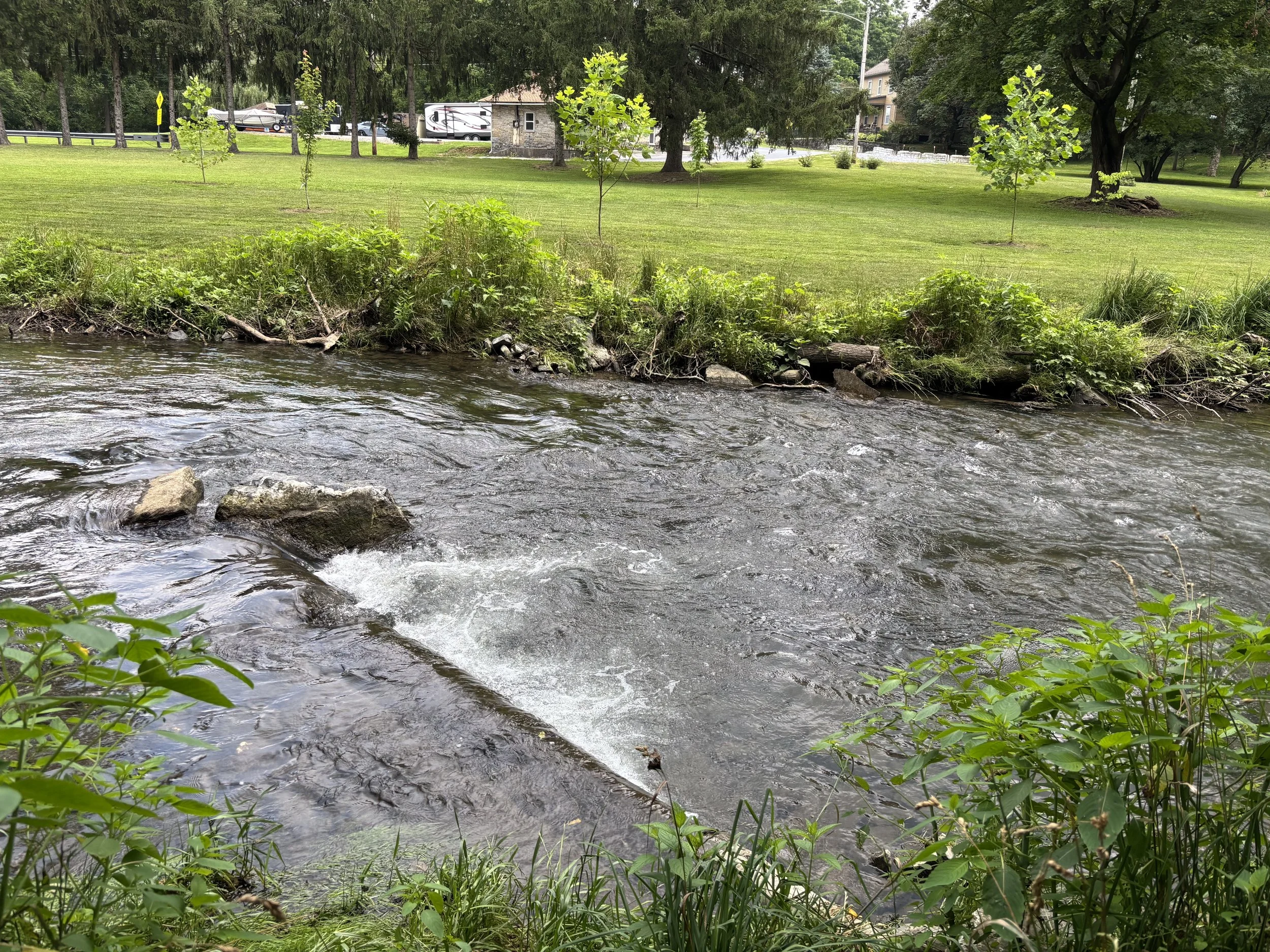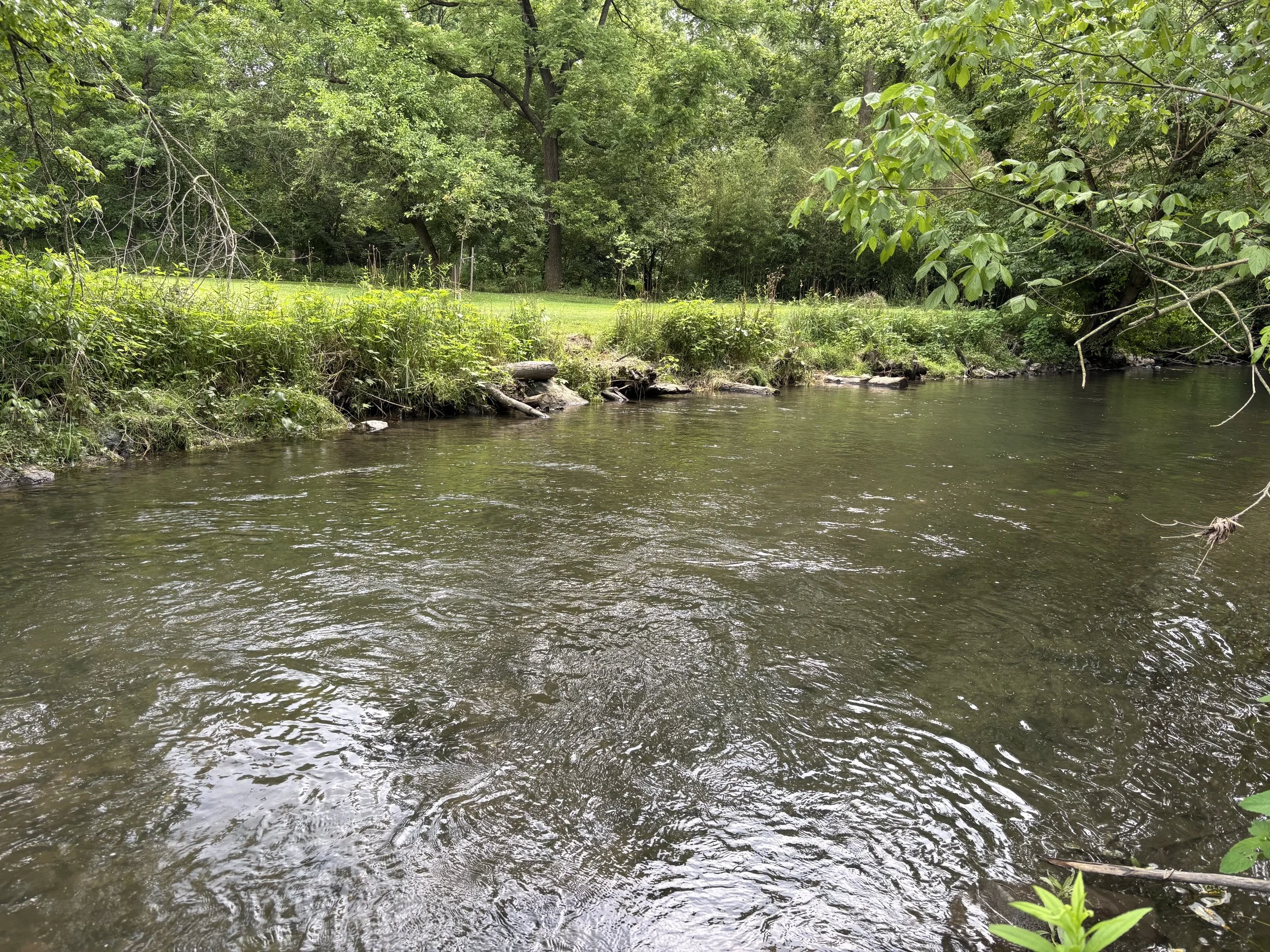
Spruce Street RESTORATION
Project Location
This restoration project occurred on the mainstem of the Quittapahilla Creek in Annville, PA, just downstream of the Spruce Street bridge.
The Doc Fritchey Chapter of Trout Unlimited (DFTU) initiated this habitat restoration project.
About
The Quittapahilla Creek, a stocked trout stream, is popular with anglers.
Funding for the project came from the PA Fish & Boat Commission and the Lebanon County Conservation District’s Countywide Action Plan.
DFTU used the grant funding to restore 834 linear feet of the Quittapahilla Creek directly downstream from Spruce Street bridge.
The Quittapahilla Watershed Association completed a Watershed Implementation Plan to guide in-stream and streamside projects in the Quittie Watershed.
Letters of support for this project came from:
Annville Township
Lebanon Countywide Action Plan (CAP)
Lebanon County Conservation District (LCCD)
Quittapahilla Watershed Association (QWA)
Lebanon County Planning Department
Before RESTORATION
Below is the Quittapahilla Creek in its initial state before the restoration initiative in 2022. The photographs depict steep, eroded banks, and poor habitat for native wildlife.
DURING RESTORATION
Photos below show the construction process in 2024, featuring the implementation of modified mudsills, log vanes, digger logs, and bank grading on both sides of the stream.
All construction was done by Aquatic Resources Restoration Company (ARRC).
AFTER Restoration
Below are photos taken in the summer of 2025 showing the restored reach of the Quittapahilla. Habitat structures are functioning well and the new trees are growing in the floodplain.
Why This matters
The Quittapahilla Creek is designated “impaired” by PADEP. The cause of impairment is due to siltation, pathogens, and flow regime modification because of agriculture and urban runoff.
In 2000, Total Maximum Daily Load evaluation showed the stream as impaired with deposited sediment.
By reducing bank erosion and increasing water velocity, excessive sediments should be redistributed.
This project aimed to improve riparian, fish and invertebrate habitat by installing best management practices (BMPs).
The Quittapahilla Creek restoration project demonstrates the power of partnership in protecting and restoring our local waterways.
Through collaboration between local, state, and federal partners significant improvements have been made.
Together, we are bringing life back to the Quittie.













